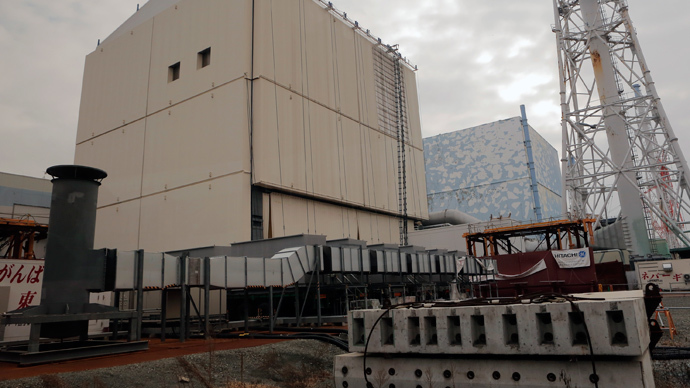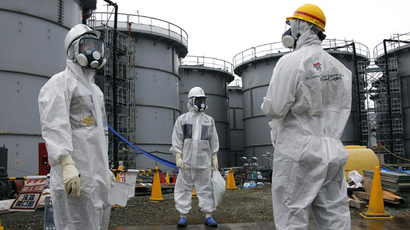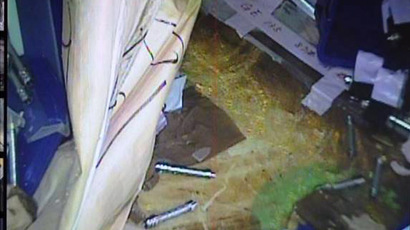TEPCO fears 3-cm hole in Fukushima reactor No.2

The suppression pool of the Fukushima Daiichi Unit No. 2 reactor may have a 3-centimeter hole in it, through which the highly radioactive water might be leaking out, the plant operator said.
The information is based on the data gathered by a robot sent into the suppression pool at the bottom of the No. 2 reactor's primary containment vessel earlier in January. The received video images indicated that the structure was damaged somewhere.
Plant operator Tokyo Electric Power Co (TEPCO) estimated the damaged area could be 8 to 9 square centimeters in size. If it were a hole, it is predicted to be between 3.2 and 3.6 centimeters in diameter.
In November last year a camera on the robot captured images of water leaking from two holes in the containment vessel of the No. 1 reactor. Back then TEPCO experts suspected that damage to containment vessels at the No. 2 and 3 reactors could be also causing similar leaks.
Water is being constantly pumped into the No. 1, No. 2 and No. 3 reactors, which were destroyed in the March 2011 earthquake and tsunami, to bring their nuclear fuel rods to a "cold shutdown" state and prevent them from overheating. TEPCO suspected leakages, but has been unable to identify the source of the leakage in the reactors.
If TEPCO plugs the hole, it can fill the reactor containment vessel with water, which would serve as a radiation shield, before defueling it.
To prevent radioactive water from running into the sea, the operator of the crippled Fukushima nuclear power plant said it would try erecting an underground wall of frozen soil.
But there are still concerns that the $320 million wall, maintained by rows of wells drilled at one-meter intervals, will fix the leak problem. Some experts expressed concerns that with the wall in place, groundwater may end up seeping even deeper.
Since the March 2011 disaster, the leakage of radiation-contaminated water has posed a major threat to Japan’s population and environment, and to the international community. By early January, nuclear radiation at the perimeter of the atomic plant had reached eight times government safety guidelines.
The operator of the stricken atomic plant has been using robotic devices to remove the debris inside the No. 3 reactor building since July 2013, when radioactive water was confirmed as escaping into the ocean. Since then, TEPCO reported two major leaks of highly radioactive water from storage tanks – a 300-ton leak in August and 430 liters in October.














